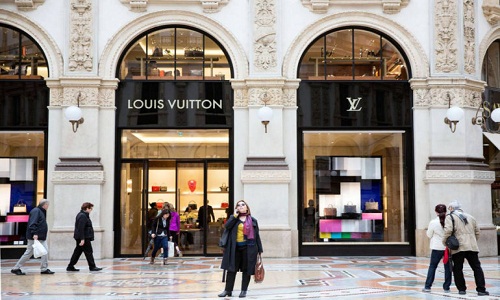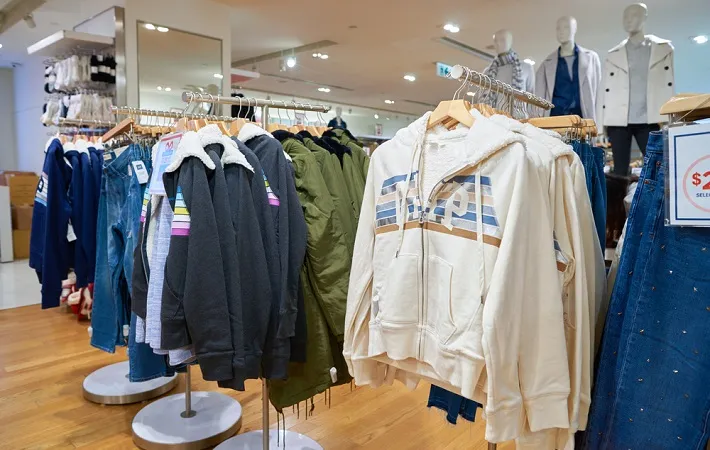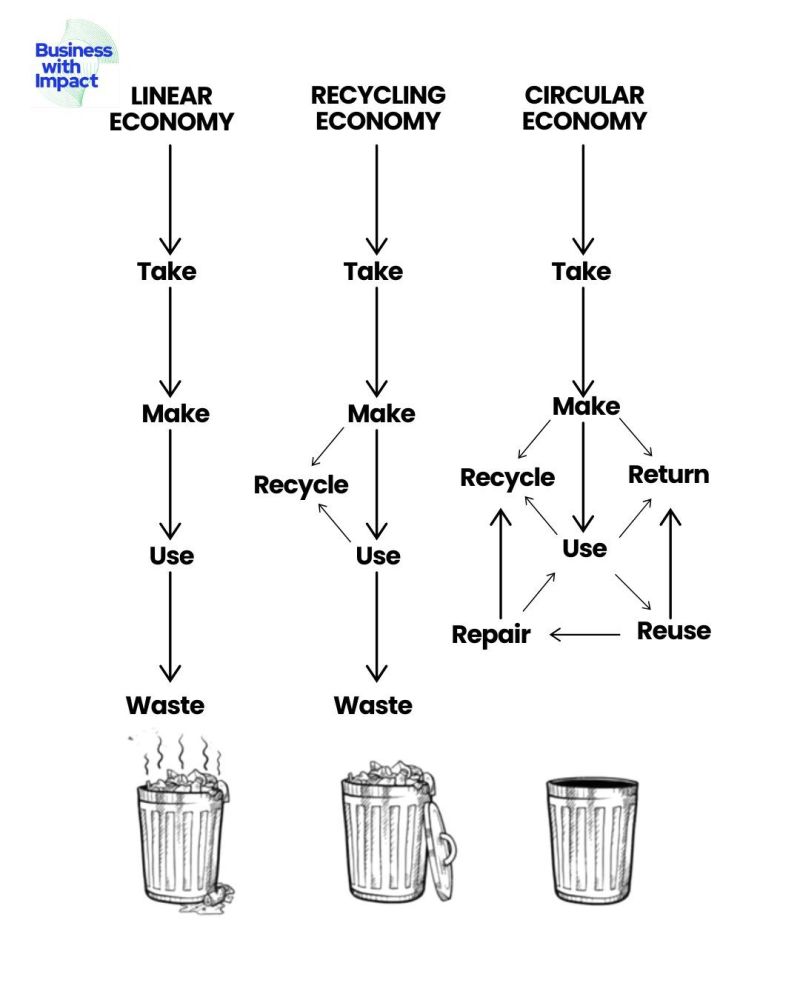"Indian luxury market needs to think in terms of size and growth, at least 10 years ahead of its time. Luxury brand Louis Vuitton opened its first store in China in 1992 but could offer reasonable sizes only 20 years later. The brand opened its first store in India in 2003 and is still few years behind when it could offer the right sizes. Standardising luxury by considering optimum price for experiential and personal luxury goods, BCG classifies handbags above €1,000, shoes above €300, restaurants spend of above €150 and wines and spirits – more than €100 as true luxury. The luxury market in India is approximately $12 billion-$15 billion or 1.5 per cent of the world market. China, on the other hand, makes up 40 per cent of the world luxe market."
 Indian luxury market needs to think in terms of size and growth, at least 10 years ahead of its time. Luxury brand Louis Vuitton opened its first store in China in 1992 but could offer reasonable sizes only 20 years later. The brand opened its first store in India in 2003 and is still few years behind when it could offer the right sizes. Standardising luxury by considering optimum price for experiential and personal luxury goods, BCG classifies handbags above €1,000, shoes above €300, restaurants spend of above €150 and wines and spirits – more than €100 as true luxury. The luxury market in India is approximately $12 billion-$15 billion or 1.5 per cent of the world market. China, on the other hand, makes up 40 per cent of the world luxe market.
Indian luxury market needs to think in terms of size and growth, at least 10 years ahead of its time. Luxury brand Louis Vuitton opened its first store in China in 1992 but could offer reasonable sizes only 20 years later. The brand opened its first store in India in 2003 and is still few years behind when it could offer the right sizes. Standardising luxury by considering optimum price for experiential and personal luxury goods, BCG classifies handbags above €1,000, shoes above €300, restaurants spend of above €150 and wines and spirits – more than €100 as true luxury. The luxury market in India is approximately $12 billion-$15 billion or 1.5 per cent of the world market. China, on the other hand, makes up 40 per cent of the world luxe market.
One of the biggest constraints for Indian luxury market is talent. An important part of the experience is the in-store staff. There are simply not enough trained people available. Even the pool available is more deferential than an informed seller of luxury.
Change in perspectives
Popular perception that luxury consumers are old, live in metros and predominantly female needs to change. Although dealerships for luxury car showrooms exists in cities like Jalgaon and Coimbatore, but the consumers in most cities do not find the offer in India compelling and end up purchasing goods either in Singapore or London, where they get a better range, service standards and retail environment.
Although dealerships for luxury car showrooms exists in cities like Jalgaon and Coimbatore, but the consumers in most cities do not find the offer in India compelling and end up purchasing goods either in Singapore or London, where they get a better range, service standards and retail environment.
The role of women as prospective buyers in both luxury and premium categories is changing. With the percentage of women getting education rising higher than boys increasing since 2015, the future consumer-base for luxury and premium goods is likely to be female-centric. In China, this segment of young working women is amongst the most important demography in luxury.
The India advantage
The Chinese luxury market is much bigger than the size of Indian luxury market and is growing at a healthy clip. The spread in China is much broader – 50 per cent of luxury consumers are beyond the Top-15 cities. India also being a big country, has a potential of vast spread beyond Tier I cities.
Most global luxury brands worldwide started as craft brands a century or more, ago. Bulgari, for example, was once a single jewellery store and Burberry an outdoor wear manufacturer; today these are global iconic brands across categories. India also has potential to build few luxury brands in future due to its ideal business climate. High end apparel or jewellery, etc are some categories where true Indian luxury brands may emerge. Some brands in India have already started on that journey and are likely to attain global reach and appeal shortly.
Historically, luxury brands invest a lot in print for brand building. In France, LVMH is the biggest print advertiser. In contrast, a lot of brand building in China happens online. India is likely to adopt the mid-approach by focusing less on TV as it finds less relevance in luxury owing to increased fragmentation and also being a low attention medium.











